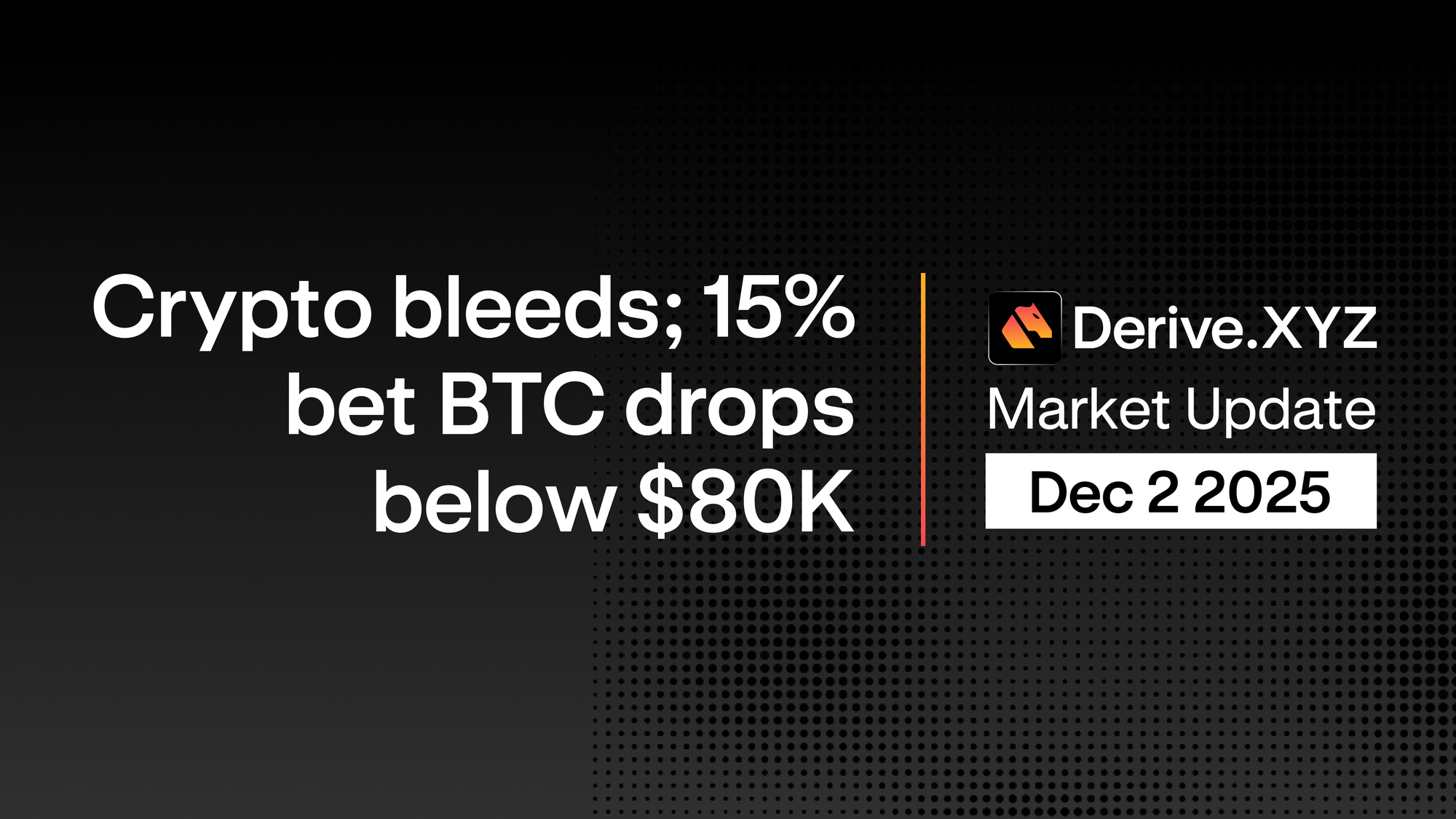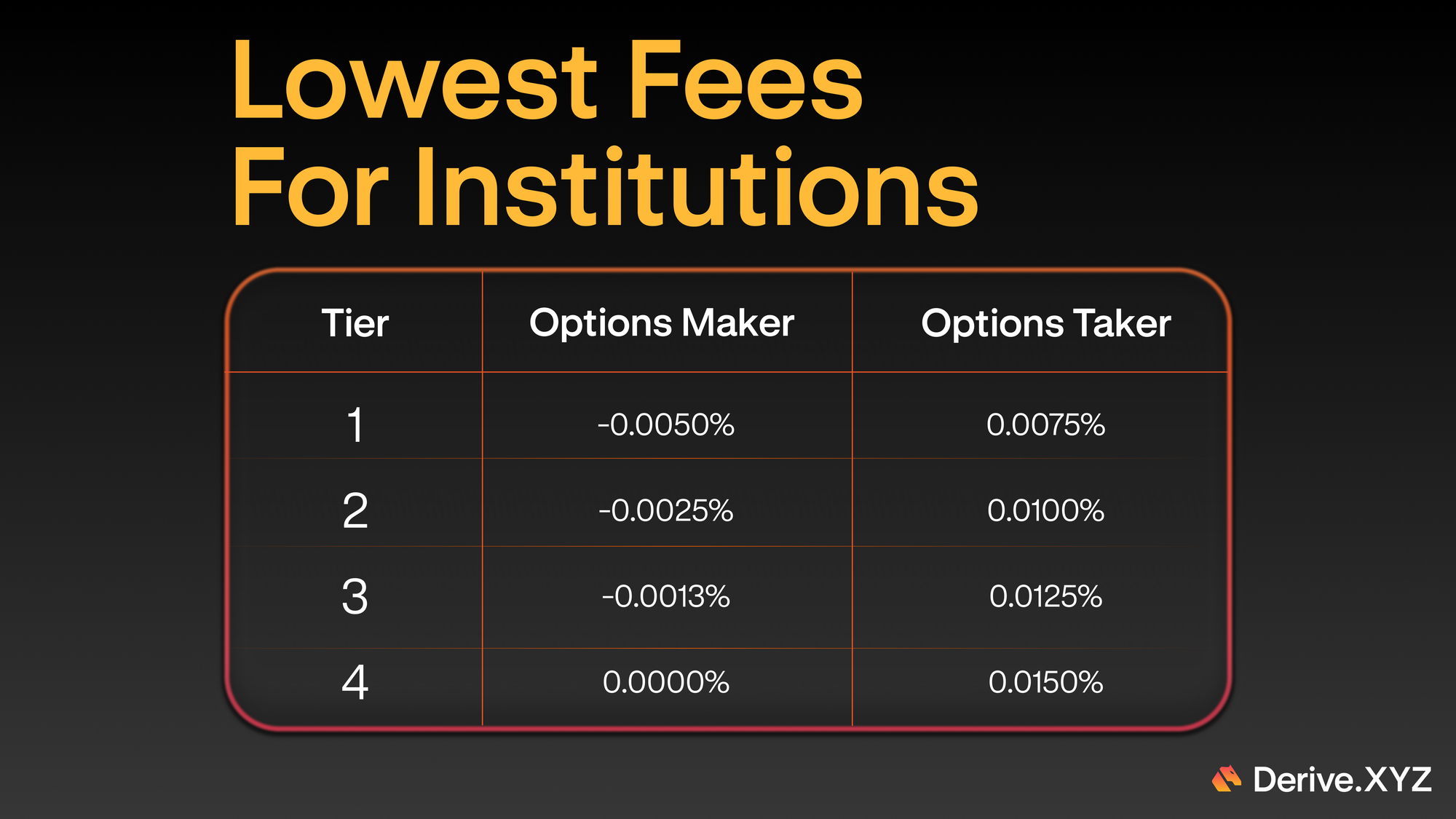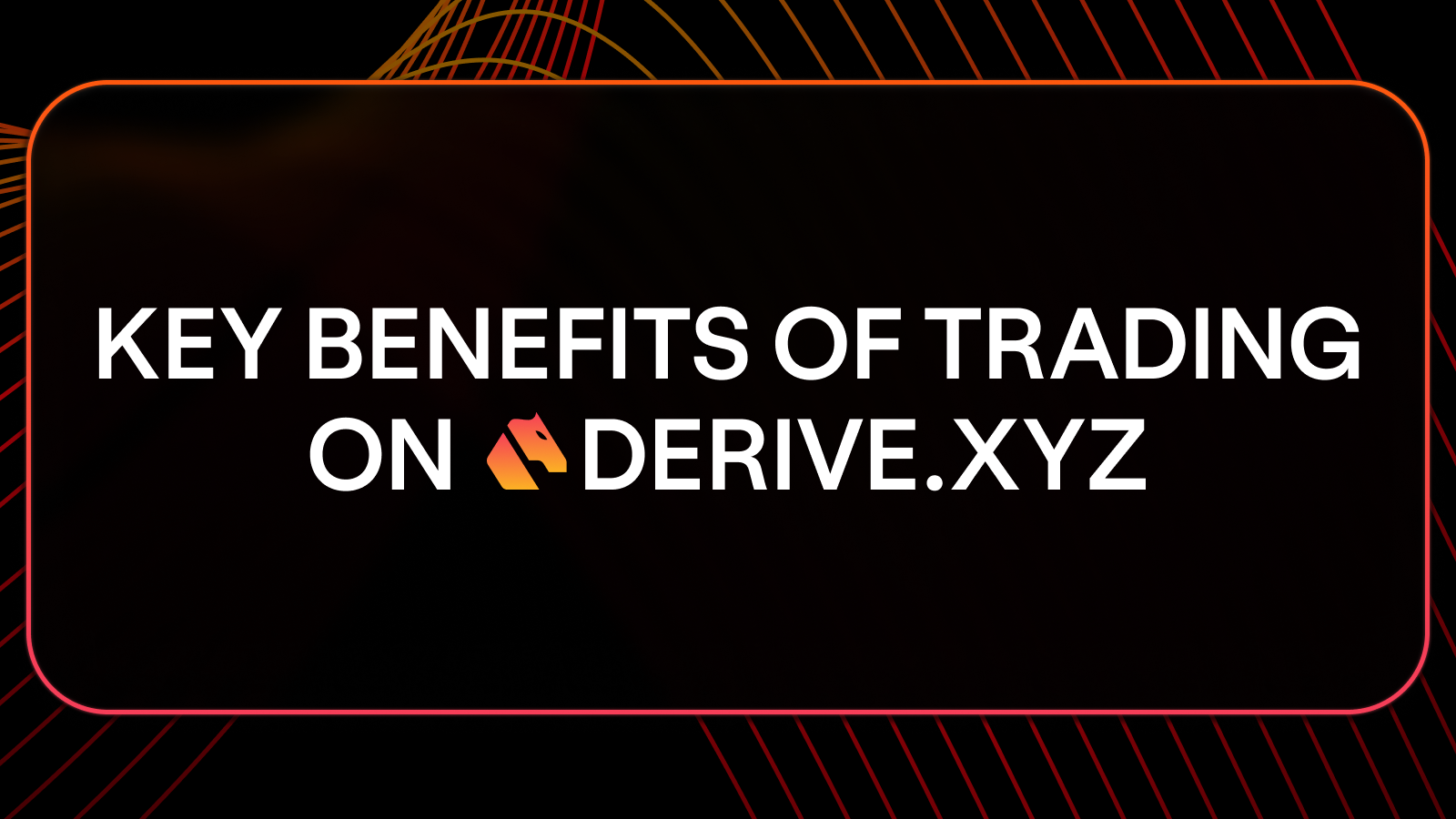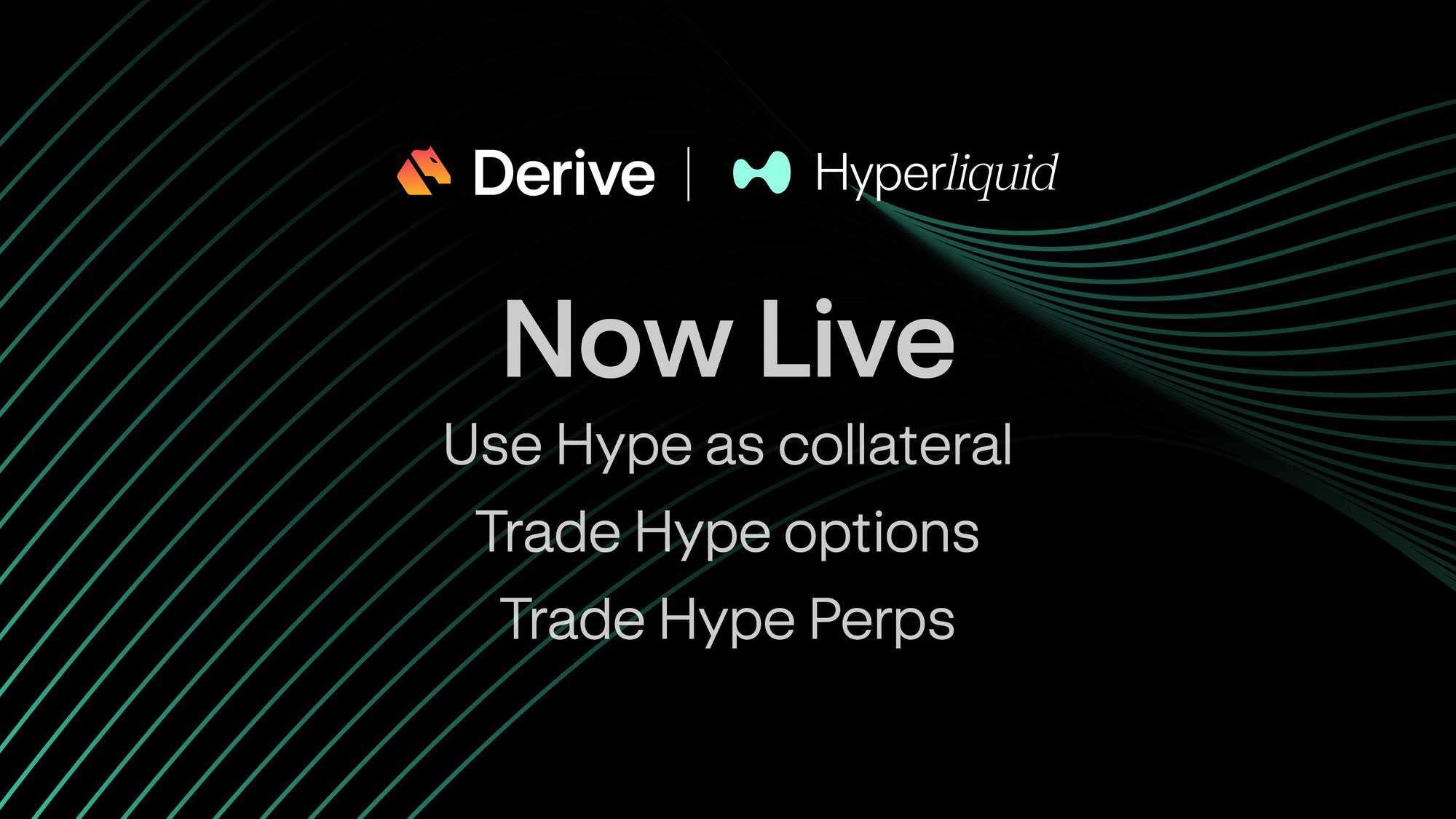Derive is pleased to partner with ETH Strategy to launch a new gamma-scalping vault with delta-neutral USD yield that harnesses ETH volatility.In this article, we explain ETH Strategy, its motivation, mechanics and how it connects to the recent phenomena of Digital Asset Treasuries (DATs). We also introduce a new financial instrument ETH Strategy users can employ to earn 10-25% USD-denominated yield; a gamma-scalping vault built in collaboration with Derive Finance.
What is ETH Strategy?
ETH Strategy is a protocol on Ethereum mainnet that issues convertible debt in order to buy ETH; simply put, it is a big pot of ETH with some debt. Users can lend stables to ETH Strategy and, instead of receiving interest, they receive the option of becoming STRAT holders if the market price of ETH and STRAT increase.
The core idea to ETH Strategy is the idea of bonding. Users come to the protocol with stablecoins (e.g. USDC) and bond (i.e. lend) these funds to the protocol’s treasury. The protocol then uses these funds to immediately purchase ETH on the open market. ETH Strategy then accumulates a long ETH, short dollar treasury that benefits if the price of ETH appreciates.
The user (bonder) receives two tokens back: convertible debt tokens (CDT) equal in number to the amount of stables bonded and an NFT representing a 4.2 year American option on STRAT.
The strike price of the issued option is a function of the amount of debt the protocol has incurred; when the protocol has little debt issued it offers favourable strikes to encourage bonding and vice versa. For those who know, this is essentially a tokenized version of a convertible note.
The call option is the main appeal of lending to ETH Strategy. This is because if ETH goes up:
- the value of ETH in the treasury goes up
- ETH Strategy’s debt (fixed at a dollar amount) as a percentage of its net asset value (NAV, i.e. their holdings minus their debts) goes down
- STRAT becomes more valuable
Thus, the American option provides convex upside exposure to STRAT. In effect, these options provide safe and levered exposure to ETH. Users also know that the worst case scenario is that after 4.2 years they can redeem their CDT for the original amount of stables lent to the protocol. Simply put, bonding gives you limited downside but potentially massive upside trade if ETH goes on a tear.
The TLDR is that if you believe ETH is in for a bull run, then ETH Strategy will provide cheap, near riskless leverage to ETH.
Crypto Treasuries
ETH Strategy is a treasury protocol. This means that its value arises from capturing bullish sentiment behind ETH and channeling it into a structural levered bet.
It is by no means the first of these strategies. Probably the most well known DAT is Michael Saylor’s MicroStrategy (MSTR). MSTR is a company listed on the NASDAQ that produces software for business intelligence. In August 2020, MSTR began offering convertible bonds to buy BTC. At time of writing, MSTR holds almost 630,000 BTC amounting to $71 billion USD.
In the last several months, there has been an explosion in DATs. For a full breakdown of BTC DATs, check out this great list here, but some familiar names like Gamestop, Galaxy Digital and Trump Media Group stand out.
ETH treasury companies, by comparison, are relatively new yet have soared in the last 5 months to now hold $18 billion worth of ETH. In particular, we recently saw the launch of The Ether Machine which currently holds $1.6 billion of ETH and Tom Lee’s Bitmine now holds just shy of $8 billion worth of ETH.
The strategy behind all of these DAT companies is more or less the same:
- For a variety of fundamental / macro / technological reasons, digital assets are expected to go on a tear over the next 12-24 months
- Investors, both retail and institutional alike, want levered, cheap and safe exposure to these assets
- DAT companies provide such a vehicle
The speculative and sheer bullish pressure behind these DATs means we see some funky phenomena when we look at their NAV dynamics. Most obvious is the observation that treasury protocols like MSTR often trade, for various reasons, at a significant premium to their NAV. This further fuels the speculative narrative, leading to more accumulation and volatile price action.
There’s no magic sauce when it comes to this; treasury plays become really good when you think there’s going to be a bull run. They’re not so good if the price tanks.
ETH Strategy’s Impact on the Crypto Options Market
We envisage ETH Strategy’s bonds will have a broad impact across the decentralized space. DeFi, in many ways, has a much better derivative framework than TradFi. Faster, verifiable settlement combined with lower transaction fees mean that there is always robust demand for options; the space is ripe for a Cambrian explosion of derivatives.
The major blocker right now is that there aren’t many natural sellers of options in the crypto market.
As a natural high volume seller of options, ETH Strategy aims to fill this gap. At the protocol layer, ETH Strategy simply cares about the leverage it receives and so is happy to sell volatility cheaply.
This is the secret sauce; by selling volatility, the protocol turns market demand for options into a steady stream of funding that supports its leverage.
Crucially, this lowers the cost of entering trades that would otherwise be inaccessible for most participants. In effect, ETH Strategy transforms expensive institutional-style positions into yield opportunities that anyone can tap into at scale. Products can then be built on top of this base while still returning strong yields to users.
The Derive Vault
Here, we introduce the first of many Derive / ETH Strategy cross products. We call this the Perpetual Note Vault and it is designed to return users with an estimated high 8-25% USD yield.
How it works:
- Users bond stablecoins (ex: USDS) and receive vault tokens, representing their pro-rata share of the vault.
- The vault then bonds into ETH Strategy, converting the stables into ETH which is then sent to an L1 contract controlled by the protocol.
- This ETH will be used to sell 10 delta monthly expiry covered calls on Derive, essentially gamma scalping the STRAT convertible.
- If Derive calls expire in-the-money, ETH Strategy will automatically exercise the user’s American options to perform settlement. Funds are then rebonded and the cycle repeats.
- Overall, ETH Strategy’s base “bond-and-buy-ETH” flow continues underneath, supporting ETH-per-STRAT (EPS) growth.
Using daily data between July 1 2022 and August 25 2025 we performed a backtest using historical option best bid/ask data. We trialled various combinations of option delta (10 - 25) and time to expiry (7-90 days).
Our results (excluding fees) yielded returns ranging from 8.5% to 24.3%. With fees, we expect USD-denominated yield to range between 6% and 22%.
Figure 1: Backtested returns for the gamma-scalping vault from July 1 2022 to 25 August 2025.
The benefits of this strategy are the following:
- Historically demonstrated market beating 10%+ returns with no liquidation risk
- Maintain exposure to ETH and STRAT while earning yield in stables
- Favourable bonding terms relative to conventional bonding, i.e. when bonding via the vault, receive more valuable options – a significantly higher yield!
There are the following risks with the vault:
- Historical returns are not a guarantee of future returns
- Smart contract risk from both Derive and ETH Strategy
- If ETH rallies quickly, surpassing the strike price of the Derive calls, then the upside exposure to ETH and STRAT will be capped
Conclusion
ETH Strategy and Derive together offer a novel way to earn compelling USD-denominated yield powered by ETH, all within a fully onchain, DeFi-native framework. For ETH bulls seeking both upside potential and income, the ETH Strategy treasury model and gamma scalping vault present a powerful and composable yield vehicle.















